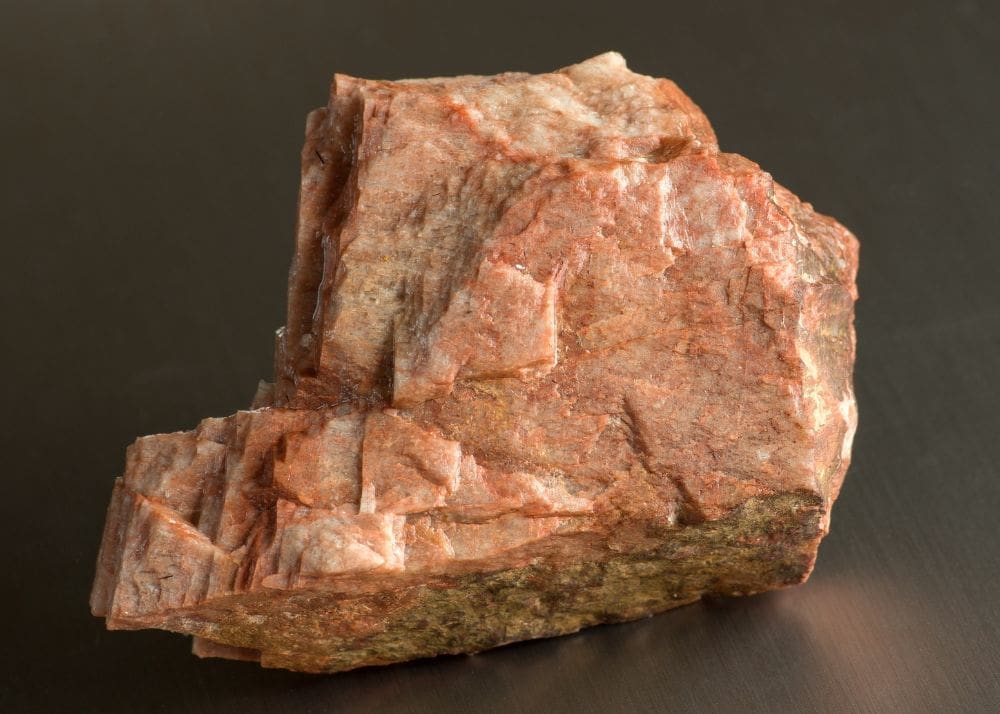Unstable Minerals: A Fascinating Dive into Earth’s Dynamic Gems
Introduction: The Allure of Unstable Minerals
Minerals, by their very nature, are indicators of the Earth’s diverse geological processes. Among them, unstable minerals hold a special place, showcasing the dynamic transformations that occur beneath and upon our planet’s surface. These minerals serve as a bridge between the raw elements of creation and the more stable forms we commonly see.
Defining Unstable Minerals
What exactly are unstable minerals? They are minerals subject to change under Earth’s environmental conditions. For instance, Feldspar, abundantly found in igneous rocks, weathers to clay at the Earth’s surface, which, under the right conditions, can later transform into minerals like muscovite mica—more stable at the increased temperatures and pressures found at depth.
A Catalog of Change: The Unstable Minerals Table
Within this article, a concise table is presented, offering examples of unstable minerals, their reactions to specific environmental factors, and their resultant stable forms.
| Mineral | Environment of Instability | Resulting Stable Form |
|---|---|---|
| Feldspar | Surface of the Earth – weathers to clay | Clay |
| Muscovite Mica | Surface under sediments – changes at increased temperature/pressure | More stable metamorphic minerals |
| Meteorite Matter | Earth’s surface post space travel – crumbles into powder | Not applicable (disintegrates to powder) |
| Iron | Exposure to air and moisture – rusts to iron oxide | Iron Oxide (Rust) |
| Pyrite | Deficiency of oxygen – less stable form | More stable oxides |
Environmental Influences on Mineral Transformation
The environment plays a crucial role in determining a mineral’s stability. For instance, a piece of molten iron, when exposed to the atmosphere, quickly rusts to iron oxide. This process exemplifies how even the mightiest elements succumb to the omnipresent forces of nature.
The Collector’s Perspective: Value in Variability
From a collector’s standpoint, the knowledge of mineral stability is invaluable. Understanding which minerals are prone to change can guide decisions when curating a collection, ensuring the longevity and preservation of geological specimens.
Conclusion: Embracing Earth’s Ephemeral Art
The story of unstable minerals is a narrative of transformation, reflecting the ever-changing canvas of the Earth. Collectors and enthusiasts who wish to witness this perpetual motion of nature can find a variety of gem mining buckets and mineral specimens at Miamiminingco.com, each piece a frozen moment in our planet’s ceaseless dance of creation and decay.
10 FAQ on Unstable Mineral
1. What are unstable minerals? Unstable minerals are minerals that are prone to changes due to environmental conditions, often transforming into different minerals over time.
2. Why is Feldspar considered an unstable mineral? Feldspar is considered unstable because it weathers easily to clay on the Earth’s surface, showing a tendency to change from its original form under atmospheric conditions.
3. Can unstable minerals become stable? Yes, unstable minerals can become stable. For example, under increased pressure and temperature, clay transformed from Feldspar can become muscovite mica, which is more stable at such depths.
4. Are meteorites considered unstable minerals? Meteorites are considered to contain unstable minerals because when they strike Earth, they can crumble into powder, indicating a change from their stable form in space to an unstable form in Earth’s atmosphere.
5. What happens to iron when it’s exposed to the environment? Iron quickly oxidizes when exposed to oxygen and moisture in the air, rusting to form iron oxide, a more stable mineral.
6. Why is Pyrite less stable in the Earth’s oxygen-rich atmosphere? Pyrite is less stable in the Earth’s atmosphere because it is a sulfide that forms in oxygen-deficient environments; exposure to abundant oxygen can lead to its alteration.
7. What are some examples of stable minerals? Oxides, which already contain oxygen, like quartz and hematite, are examples of stable minerals because they are less reactive with the atmosphere.
8. How does knowing about mineral stability help collectors? Knowledge of mineral stability helps collectors choose specimens that are less likely to deteriorate over time, ensuring the longevity and aesthetic value of their collections.
9. What is the significance of colorful secondary minerals mentioned in the article? Colorful secondary minerals result from the alteration of unstable minerals and are often more stable and visually appealing, making them less likely to disappoint collectors.
10. Where can enthusiasts find more information or purchase specimens of these minerals? Enthusiasts can visit Miamiminingco.com to learn more and purchase specimens of gem mining buckets or rock and mineral specimens that feature a variety of both stable and unstable minerals.

